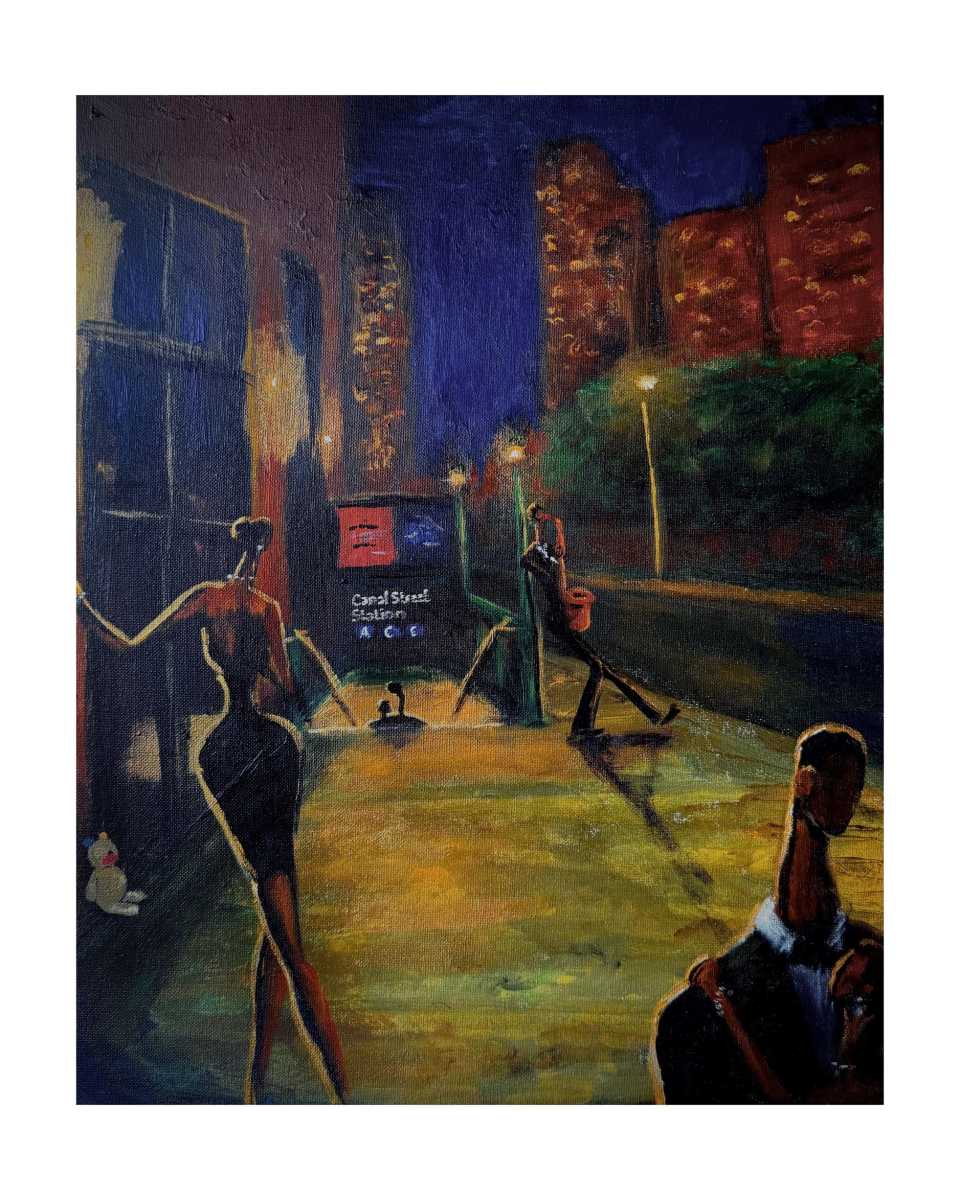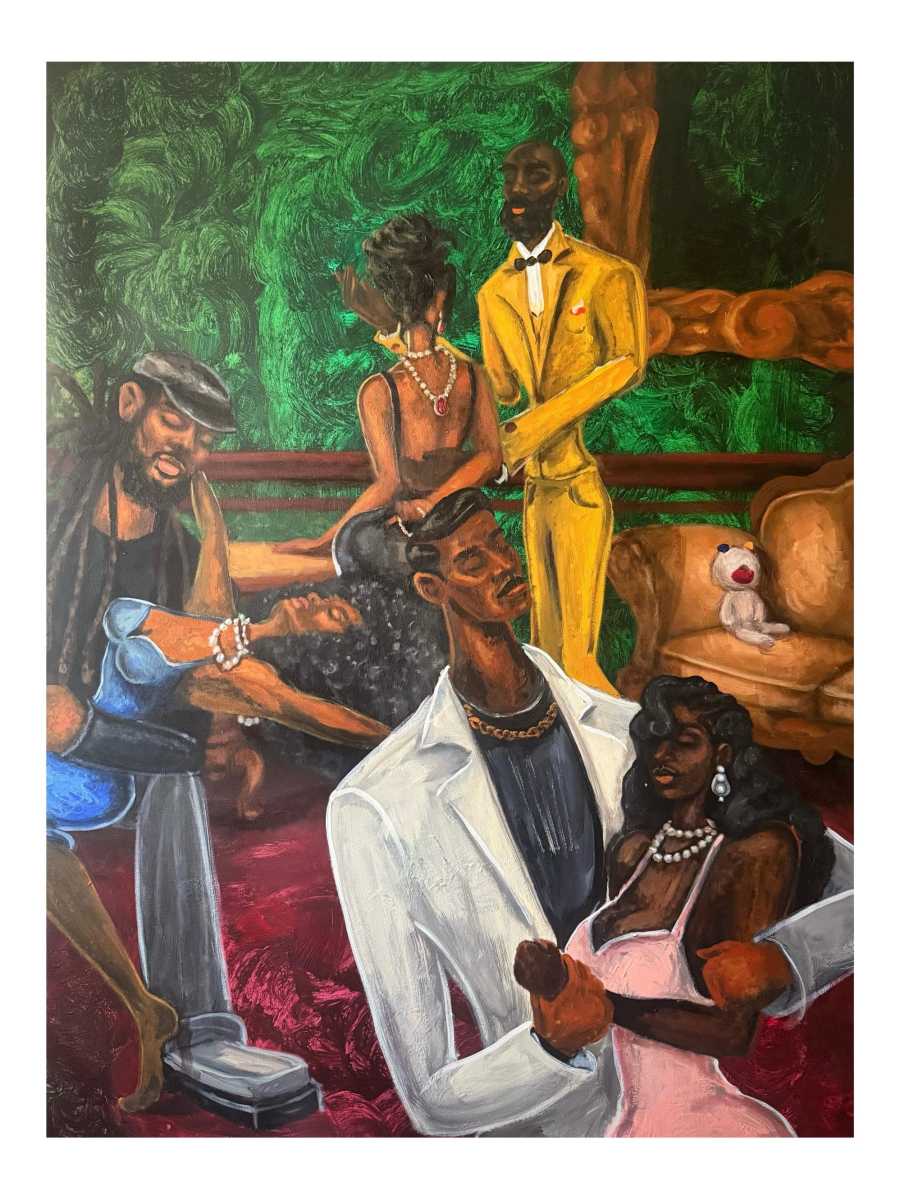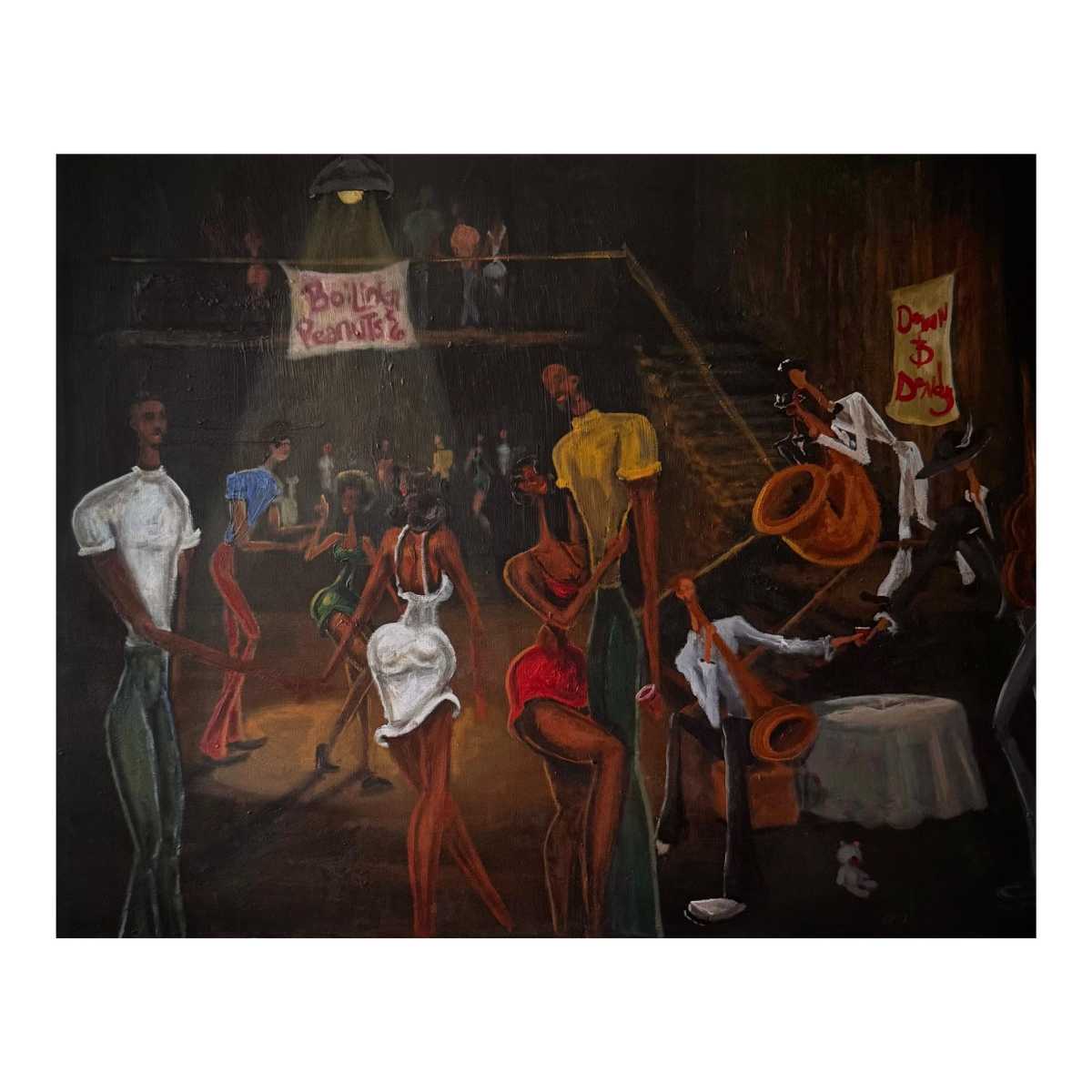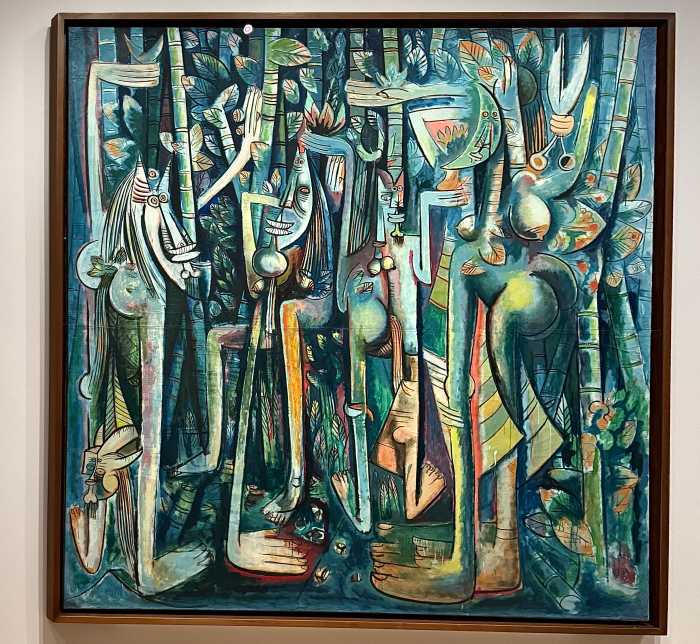In an age where cruelty is commodified and cultural mediocrity is mistaken for minimalism, it is nothing short of revolutionary to insist on softness. It is radical to paint joy in a world that profits from despair. At just twenty-seven, DaQuane Cherry — a self-taught, multi-disciplinary artist born in the quiet periphery of Elizabeth City, NC — has made it his mission to do precisely that.
From his modest beginnings to his most recent residency in France, Cherry’s meteoric rise is not the story of an outsider finding his way in, but of an insider—of spirit, of soul—summoning the courage to stay tender in a world that feeds on the numbing of empathy.
Cherry’s path to the canvas was neither linear nor predictable. A performer by nature, he once graced stages and lenses as an actor and model—beautiful, kinetic, and in motion. Yet it was the stillness of the pandemic that cracked open something deeper. During a time when the world shrank and silence grew unbearable, Cherry turned inward.
What had once been a hobby became an obsession, a ritual, a language. Painting, which he had practiced casually before, emerged as a full-bodied exhale. In those quarantined hours, Cherry found his truest form: a painter of emotional interiors, a poet of the psyche, a cartographer of what is too often left unspoken.
What makes Cherry’s work quietly subversive is not its aesthetic alone—it is the ideology that underpins it.

His figures are not aloof avatars of beauty. They are vessels of vulnerability. Each brushstroke serves as a declaration that Black interiority is not a trend, but a truth—vast, complex, and inherently worthy of exploration. His portraits, often anchored by a recurring teddy bear motif, are not saccharine symbols of nostalgia. They are acts of remembrance. The bear, soft yet watchful, becomes a sentinel of the inner child—a guardian of imagination in a time of spiritual attrition.
To paint playfulness in a world aflame is a choice. To do so as a Black man in America, where the narrative has so often been written in trauma and survival, is an act of resistance.
Cherry’s work insists on more — not simply survival but healing; not merely representation but reclamation. His visual language, forged through solitude and self-discipline, tells stories where mental health, masculinity, and joy coexist without contradiction. There is no performance here—only presence.
His recent residency in France marked a pivotal evolution. Far from the commercial chatter of Manhattan, Cherry found the space to refine his voice with reverence. The echoes of European art history surrounded him—not as intimidation, but as provocation. He did not arrive to emulate. He arrived to respond.
His work, situated in the lineage of contemporary Black portraiture alongside luminaries like Toyin Ojih Odutola, Lynette Yiadom-Boakye, and Henry Taylor, remains unmistakably his own. It carries a Southern softness, a rhythmic restraint, and an understanding that what is not said is as potent as what is declared.
In a market saturated with spectacle and detached irony, Cherry’s sincerity feels incendiary. He paints with the clarity of someone who has wept, laughed, unraveled, and then gathered his pieces—not into a perfectly symmetrical form, but into something breathing, pulsing, true. His work does not posture for the white cube. It hums for those who have been overlooked by it.

This moment—his moment—is not one of mere ascent. It is a signal flare for the art world to pay attention.
We are living in a time when Black voices are still too often asked to narrate trauma or translate joy into digestible tropes. DaQuane Cherry does neither. He speaks in his own cadence, one stitched from memory, emotion, and a refusal to be flattened. His paintings invite you to feel—not as observer, but as witness.
There is something prophetic about Cherry’s rise. Not in the mystical sense, but in the cultural one. His presence demands a new standard—not just for how we see art, but for how we honor artists. He reminds us that technical training is not the only currency of brilliance. That sometimes, the most urgent work comes not from polished pedigree, but from the raw, unfiltered need to speak.
In DaQuane Cherry, we find a truth-teller with velvet hands. A poet with a paintbrush. A gentle insurgent. He is not here to replicate the past. He is here to build what comes next.
To discover more emerging voices, poetic provocateurs, and radical tenderness in contemporary art, I invite you to wander deeper at avalonashley.com—a sanctuary for the seen, the unseen, and those who dare to imagine otherwise.





































